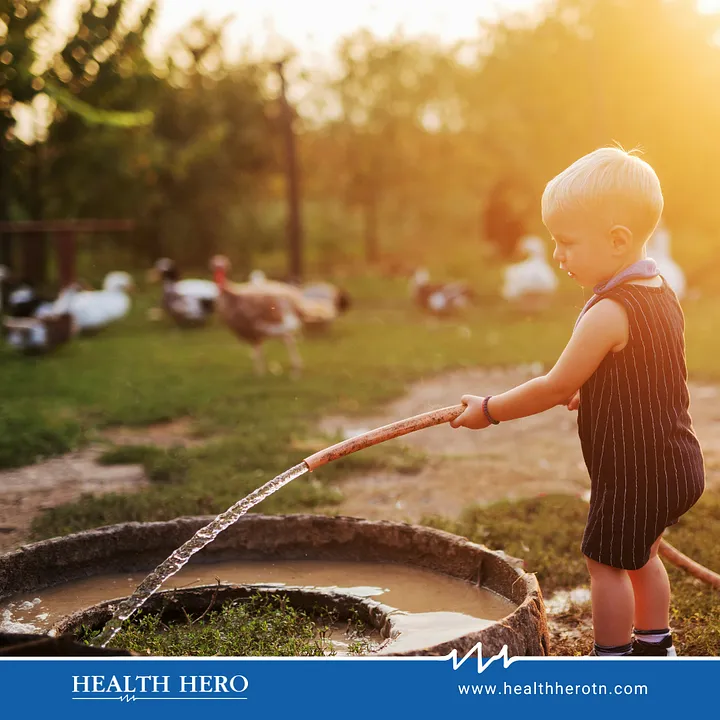In light of recent developments regarding the highly pathogenic avian influenza (HPAI) A(H5N1) virus, commonly known as the bird flu, it’s crucial to understand what this virus is and its effect on you if you become infected.
The Highly Pathogenic Avian Influenza virus is a strain that primarily infects birds, particularly poultry such as chickens and ducks. However, it can also infect other birds and mammals, including humans. This infection has a high mortality rate in birds and causes severe illness and, in some cases, death in humans. The World Health Organization is extremely concerned over the recent discovery of the H5N1 virus in the United States, as it has the potential to mutate, and the risk of death in humans is extremely high. These viruses are transmitted through contact with infected birds or their droppings and occasionally through contaminated surfaces or materials. Between 2003 and 2024, there were 889 cases and 463 deaths caused by H5N1 worldwide from 23 countries. This represents a case fatality rate of 52%.
Current Infections:
The recent case reported in Texas, confirmed by the Centers for Disease Control and Prevention, highlights the potential risks associated with exposure to infected animals. Despite the patient experiencing only mild symptoms, such as eye redness consistent with conjunctivitis, healthcare professionals remain concerned about its potential impact on surrounding communities.
Protective Action:
While the CDC maintains that the general public’s overall human health risk assessment remains low, individuals with close or prolonged, unprotected exposures to infected birds or animals are at greater risk. If your job requires you to handle infected or potentially infected birds or other animals because of your job, take the following precautions:
- Use protective equipment like gloves, an N95 respirator, or another well-fitted facemask.
- Wash your hands with soap and water after touching birds.
- Avoid touching your mouth, nose, or eyes after contact with birds or surfaces.
- Change your clothes before contact with healthy domestic poultry and after handling infected or potentially infected birds and other animals with confirmed or suspected bird flu virus infection. Then, throw away the gloves and facemask, and wash your hands with soap and water.
It’s important to take precautions when in these types of situations, especially if you have a family and young children at home who might have weaker immune systems to infections.
Importance of Vaccination in Prevention:
Vaccination remains the best measure in preventing the spread of avian flu and protecting individuals, especially young children, from its potentially severe effects. While the current vaccines may not specifically target the H5N1 strain involved in the recent case, other vaccines are available that can reduce the risk of infection. It’s crucial for individuals, especially those at risk of exposure to infected birds or animals, to receive the seasonal flu vaccine, ideally at least two weeks before potential exposure. While the seasonal flu shot doesn’t directly protect against avian influenza viruses, it does decrease the likelihood of contracting both human and bird flu strains simultaneously, offering valuable protection.
Monitoring and Prevention of H5N1:
In response to the recent case and ongoing concerns, the CDC works closely with state and federal agencies to monitor the situation and implement preventive measures. This includes continued surveillance of individuals exposed to infected animals and recommendations for clinicians on monitoring, testing, and antiviral treatment for suspected or confirmed cases.
As influenza viruses constantly evolve, continued surveillance and preparedness efforts are essential in addressing emerging threats. While the recent case H5N1 virus infection serves as a reminder of the ongoing threat posed by the bird flu, it also underscores the importance of proactive measures in prevention and preparedness. Vaccinations and precautionary measures can help navigate a path to safety for your family and those in your community.
Sources
CDC: Highly Pathogenic Avian Influenza A (H5N1) Virus Infection Reported in a Person in the U.S.
CDC: Prevention and Antiviral Treatment of Bird Flu Viruses in People
